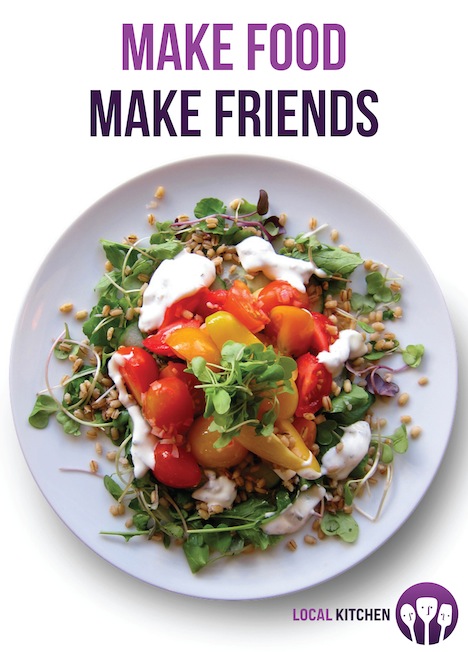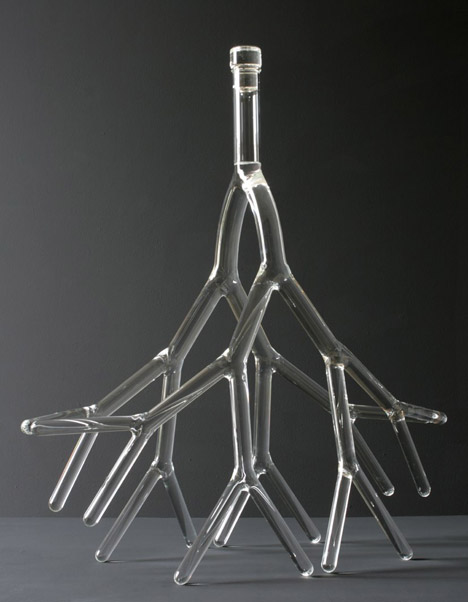Each year TEAGUE teams up with Western Washington University to help students build their knowledge of design discourse and professional practice in the discipline through a hands-on collaborative project intended to challenge current thinking and suggest new ways of looking at the world.
The 2012 design brief—Access Over Ownership—inspired two concepts: Vote+ and Local Kitchen. The team at TEAGUE was kind enough to share the results of this year's workshop with Core77. Here's a brief overview of the two projects:
LOCAL KITCHEN
Local kitchen is a public space that helps users learn to cook healthy, cost effective meals while providing a social outlet that strengthens community.

Eating used to be social and a key to reinforcing community but in recent years food and the issues that surround it have increasingly become ones of access: access to quality produce, to knowledge of how to prepare it and the financial means to purchase it. The result? Increasingly large portions of the population don't enjoy the benefits of good eating. When health and wellness concerns are added to the mix, the social benefits of providing equal access to good food becomes enormous.
Local Kitchen seeks to address the issue by reducing many of the barriers to healthy eating—specifically cost, access and knowledge. Installed at national and regional grocery stores, Local Kitchen provides enrollees the space, equipment, instruction and produce they need to learn and prepare healthy meals. The program incorporates several common features of fidelity programs with social media tools encouraging participants to discover recipes and techniques while allowing them the opportunity to meet new people.

Using the smartphone app, menu options are presented by cost and by featured produce; a promotion on salmon for example, is paired with a number of relevant recipes. Once a dish is selected users can drive the per plate price down by joining other groups or by adding friends from their Facebook account. Once an acceptable price is arranged, users can book Local Kitchen time and send invitations easily from within the Local Kitchen app or website. On the day of their reservation, users meet up in-store and divvy up shopping responsibilities taking advantage of promotions and special pricing available to program participants. Condiments and basic cooking items such as salt & pepper, butter and spices are provided free of change making the savings even more appealing.

With their ingredients collected, users check out at dedicated Local Kitchen check-in stations located at the entrance of the space.

Fully stocked stations equipped with pots and pans as well as cutting knives and other basic equipment are provided at no additional charge. Each station comes with a dedicated display that provides step-by-step instructions for promoted recipes. A central station is manned with staff prepared to demonstrate basic cooking techniques or more personalized instruction for a small premium. Similarly, specialty equipment and advanced services such as wine pairings or dessert recommendations can be provided at additional cost.
(more...)
























 Piscina Municipal de Montjuïc, Barcelona. ©2012 The Olympic City Project
Piscina Municipal de Montjuïc, Barcelona. ©2012 The Olympic City Project
































